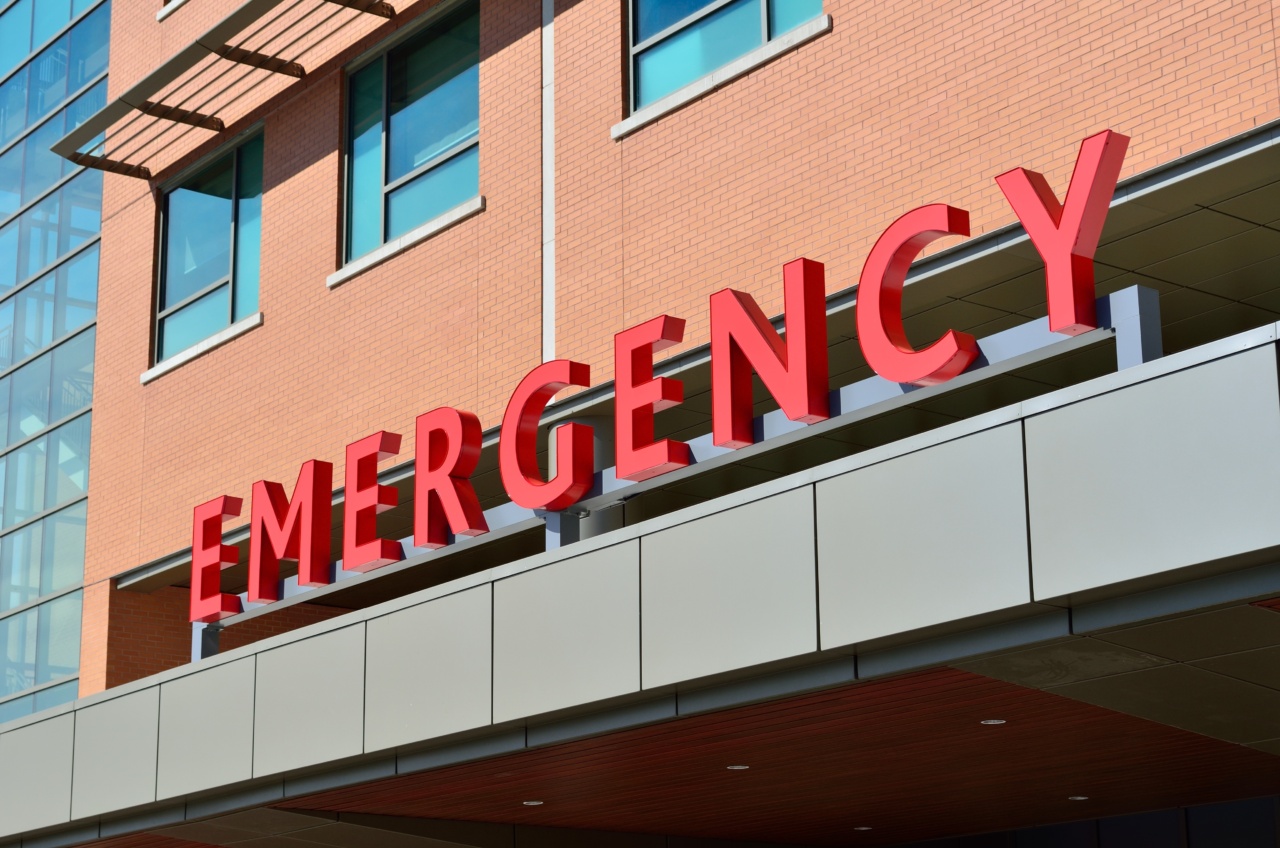Flushing or redness on cheeks is a common skin concern among people, and it may occur due to several reasons. Typical reasons for flushed cheeks are physical exertion, anxiety, embarrassment, and exposure to hot temperatures.
These conditions usually lead to temporary flushing and do not signify any underlying health condition. However, in some cases, flushed cheeks may be a sign of underlying health problems. In this article, we will explore the possible causes of flushed cheeks and if it is an indication of health issues.
What Causes Flushed Cheeks?
Usually, flushing occurs when blood vessels in the face dilate or expand, resulting in an increased flow of blood to the face. Some of the typical causes of flushed cheeks are as follows:.
1. Physical Activity Or Heat Exposure
Physical activity and exposure to hot temperatures can cause temporary flushing. When the body warms up, blood vessels dilate to regulate temperature, which ultimately causes increased blood flow to the skin resulting in redness and flushing.
With time, the body adjusts to temperature changes and can regulate temperature effectively; thus, the flushing problem goes away.
2. Anxiety or Stress
Stress hormones such as adrenaline cause an increase in heart rate and blood pressure, which in turn causes blood vessels in the face to dilate. The dilation results in increased blood flow and redness in the face.
Although temporary in most cases, frequent anxiety and stress can cause frequent flushing in people.
3. Alcohol Or Spicy Food
Drinking alcohol, eating spicy foods, or consuming hot beverages can also cause flushed cheeks. These substances create warmth in the face, and blood vessels dilate in response, thereby causing redness on cheeks and flushing.
This is a harmless reaction like any other short-term flush on the skin.
4. Allergic Reaction
Flushing can also occur as an indication of an allergic reaction, where flushing is accompanied by itching, hives, or swelling.
This occurs as histamine is released in the body, causing blood vessels to dilate and increasing blood flow, resulting in a flushed face and other symptoms. It could indicate an allergy to a medication, food, or chemical.
5. Medical Condition
In some cases, flushed cheeks may indicate an underlying health condition that requires medical attention. Some of the health conditions that cause flushing include:.
5.1 Rosacea
Rosacea often affects people with light skin and causes facial redness, flushing, and skin bumpiness. This skin condition typically affects the cheeks, nose, forehead, and chin.
Rosacea typically requires treatment for remission, and some triggers such as alcohol, sun exposure, or spicy foods should be avoided.
5.2 Lupus
Systemic lupus erythematosus (SLE) is an autoimmune disease that can affect various parts of the body, including the skin. It causes a red butterfly-shaped rash on the nose and cheeks and increased sensitivity to UV light.
Lupus also affects organs such as kidneys, heart, and lungs, and requires medical attention.
5.3 Menopause
As women age, they may experience hot flashes and flushed cheeks due to declining estrogen levels. Hot flashes and flushed cheeks are common in women during menopause, and they usually go away after the body adapts to hormonal changes.
5.4 Carcinoid Syndrome
Carcinoid syndrome is a rare disorder that occurs when a tumor produces excess serotonin in the body. The excessive serotonin in the bloodstream causes several symptoms, including flushing, which typically affects the face and neck.
Carcinoid syndrome requires medical attention, and treatment should be given to control symptoms of the disease.
Conclusion
Flushed cheeks usually occur as a harmless and temporary condition caused by heat, physical activity, anxiety, or consumption of spicy food and alcohol. However, in some cases, it may indicate an underlying health condition, requiring medical attention.
It is essential to be aware of any changes in skin color that last more than a few hours or come with other symptoms. Consulting a doctor can help get a proper diagnosis and treatment.





























